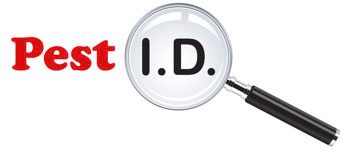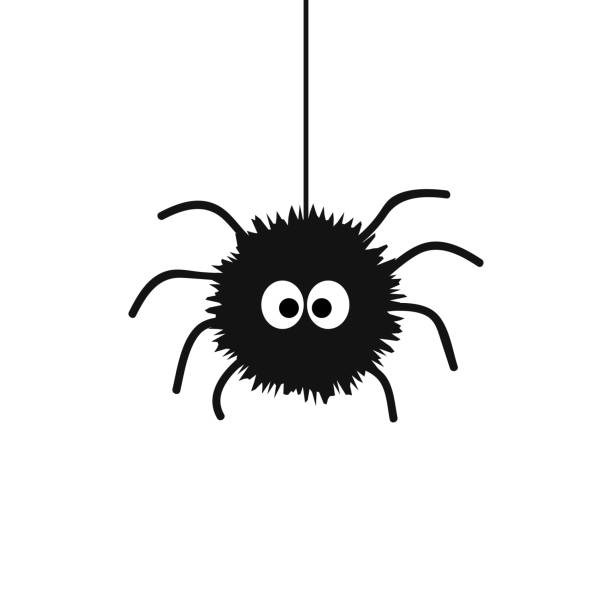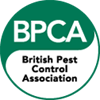Spiders are among the most common creatures found in UK homes and gardens. With their intricate webs and varied appearances, they play an important role in keeping insect populations under control. While the vast majority of spiders in Britain are harmless, there are a few species that can cause unpleasant reactions if handled or disturbed.
Knowing the difference between harmless and potentially harmful spiders can help you stay informed moving forward. Find out more below:
Harmless Spiders in the UK
Common House Spider (Tegenaria domestica)
- Appearance: Light brown with subtle chevron markings on the abdomen.
- Webs: Large, messy webs often in corners, cupboards, or unused spaces.
- Behaviour: Shy and non-aggressive, they feed on insects and rarely come into contact with people.
Daddy Longlegs Spider (Pholcidae family)
- Appearance: Tiny body with long, spindly legs, pale brown to grey in colour.
- Webs: Loose, tangled webs in corners and on ceilings.
- Behaviour: Not harmful to humans. They feed on small insects and occasionally other spiders.
Cellar Spider (Pholcus phalangioides)
- Appearance: Very long, thin legs with a small pale body.
- Webs: Irregular webs in damp, dark spaces such as basements, sheds, or garages.
- Behaviour: Harmless to humans and beneficial for reducing insect numbers.
Garden Spider (Araneus diadematus)
- Appearance: Large round abdomen with a distinctive white cross pattern on the back.
- Webs: Impressive spiral orb webs in gardens, hedges, and outdoor spaces.
- Behaviour: Harmless and well-known for capturing flying insects like flies and wasps.
Potentially Harmful Spiders in the UK
Noble False Widow (Steatoda nobilis)
- Appearance: Dark brown to black with a bulbous abdomen, often mistaken for the more dangerous black widow (which is not native to the UK).
- Webs: Irregular webs in sheds, garages, lofts, or quiet corners.
- Behaviour: Bites are rare, but they can cause localised pain, swelling, and in some cases mild flu-like symptoms. Severe reactions are uncommon, but medical advice should be sought if symptoms persist.
(Note: Unlike in parts of the world such as the US, species like the Black Widow and Brown Recluse are not naturally found in the UK. Reports of their presence are extremely rare and usually linked to imported goods.)
Preventing Spider Infestations
- Regular Cleaning: Keep rooms dust-free and decluttered to limit hiding spots.
- Seal Entry Points: Block gaps around windows, doors, and skirting boards where spiders may enter.
- Outdoor Maintenance: Keep vegetation, shrubs, and wood piles away from exterior walls to reduce outdoor nesting spots.
- Natural Repellents: Spiders dislike certain essential oils such as peppermint, eucalyptus, or tea tree oil. Spraying diluted oil around entry points can help deter them.
- Lighting: Reduce unnecessary outdoor lighting, as this attracts insects, which in turn attract spiders.
- Routine Inspections: Check lofts, basements, sheds, and other quiet areas regularly for webs or activity.
Summary
Spiders are a natural and essential part of the UK ecosystem. The majority of species are completely harmless and even beneficial, acting as natural pest controllers in homes and gardens. However, being aware of the Noble False Widow, the only UK spider of medical significance, allows you to take sensible precautions.
By learning to identify the most common species and keeping your home clean and well-sealed, you can live comfortably alongside spiders while maintaining a safe and healthy environment.









